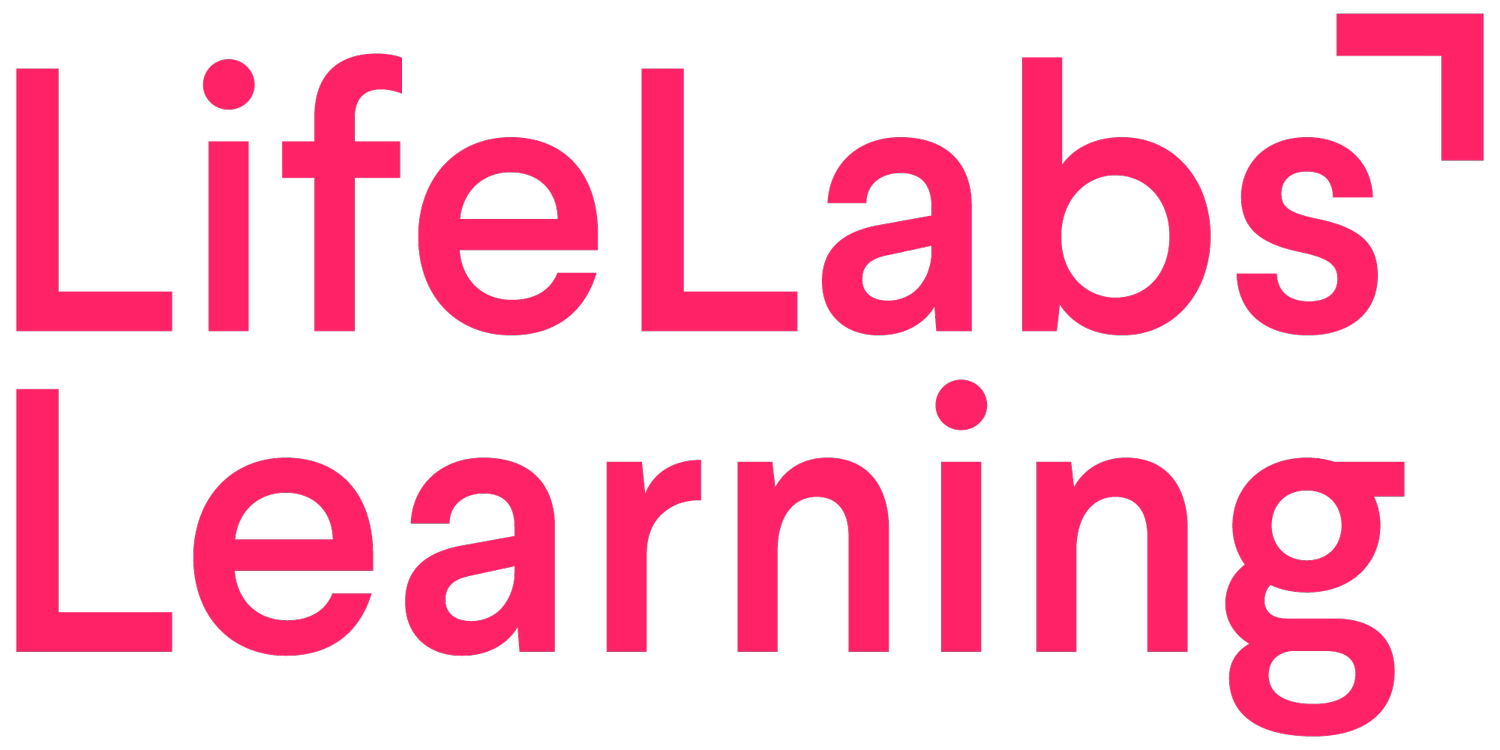Start/Stop rituals: How to prevent remote burnout
4-minute read
Let’s face it, working from home is living at work. And when the normal boundaries that differentiate between work and non-work space are blurred, our brain loses its off switch. Not surprisingly, Gallup research shows that remote employees work longer hours and are at a higher risk for burnout.
What can we do about it?
At LifeLabs Learning, after studying hundreds of remote workers, we noticed that the key to their successes was designing and enacting effective Start/Stop Rituals: symbolic, repetitive actions that usher them in and out of a work mode. Below are some examples:
Start/Stop Rituals also work on a team level. For example, at LifeLabs Learning, we begin and end every all-hands meeting with a gong. Several teams we work with start their day with a standup and end it with a short debrief. At Beth Israel Deaconess Medical Center, before each surgery, after completing their typical checklist, surgical teams review a reminder of who the patient is (mother, father, brother, sister) to humanize the person.
Part of the reason Start/Stop Rituals are so powerful is that, unlike routines (which are mindless), rituals create deliberate and symbolic breaks that usher people from one state into another.
Do rituals work?
Rituals can focus the mind, calm the nerves, and improve performance. A study by Allison Wood Brooks and colleagues had participants go through an anxiety-inducing activity like singing in public (specifically, “Don't Stop Believing” by Journey). Half the participants did nothing prior to the performance, while the other half performed a pre-performance ritual including:
Drawing their feelings on a piece of paper
Sprinkling some salt on that paper
Counting to five
Crumpling the paper
Throwing it away
The Ritual Group ended up feeling less anxiety and outperforming the Control Group in terms of singing more on key. In another experiment, Brooks had both groups engage in the same steps outlined above prior to performance, but one group labeled their actions “random,” while the other called it a “ritual.” Once again, the Ritual Group outperformed both control and random conditions.
The very act of labeling something a ritual takes a behavior out of the ordinary realm and into the extraordinary.
How can you create a Start/Stop Ritual?
When designing your own Start/Stop Rituals, you can increase the likelihood of being effective and disciplined by selecting actions that are meaningful, rewarding, and easy to follow. Here are three essential questions to answer to create your ideal ritual:
What are you trying to accomplish with these actions? Set your intention before designing your ritual. By doing so, you ensure that the ritual actions link up to something of value.
What will be your trigger? What will remind you to start and to stop (time and place are usually reliable triggers).
What is your action? It’s helpful to think of whether there is continuity between the Start/Stop behaviors (e.g., ask/answer three questions; turn computer on/off), or whether the two actions are disconnected (e.g., drink a cup of tea and go for a bike ride).
Once you’ve selected your actions, create accountability by sharing your ritual goals with someone. Better yet, start your workday by connecting with your accountability partner, and end it by doing the same.
Start/Stop Rituals are a low cost and effective way of managing your energy and attention throughout the day. By mindfully structuring your workflow and focus, by creating a deliberate on and off switch, you reduce the risk of burnout and tap into the benefit and pleasure of working from home.
* To learn more about effective strategies for working from home, check out our Remote Excellence workshop. You can also learn about micro-meso-macro breaks, start-stop rituals, and how to hone your 'energy leadership skills' in this month's The LeaderLab Powered by LifeLabs Learning podcast: bit.ly/TheLeaderLab.

